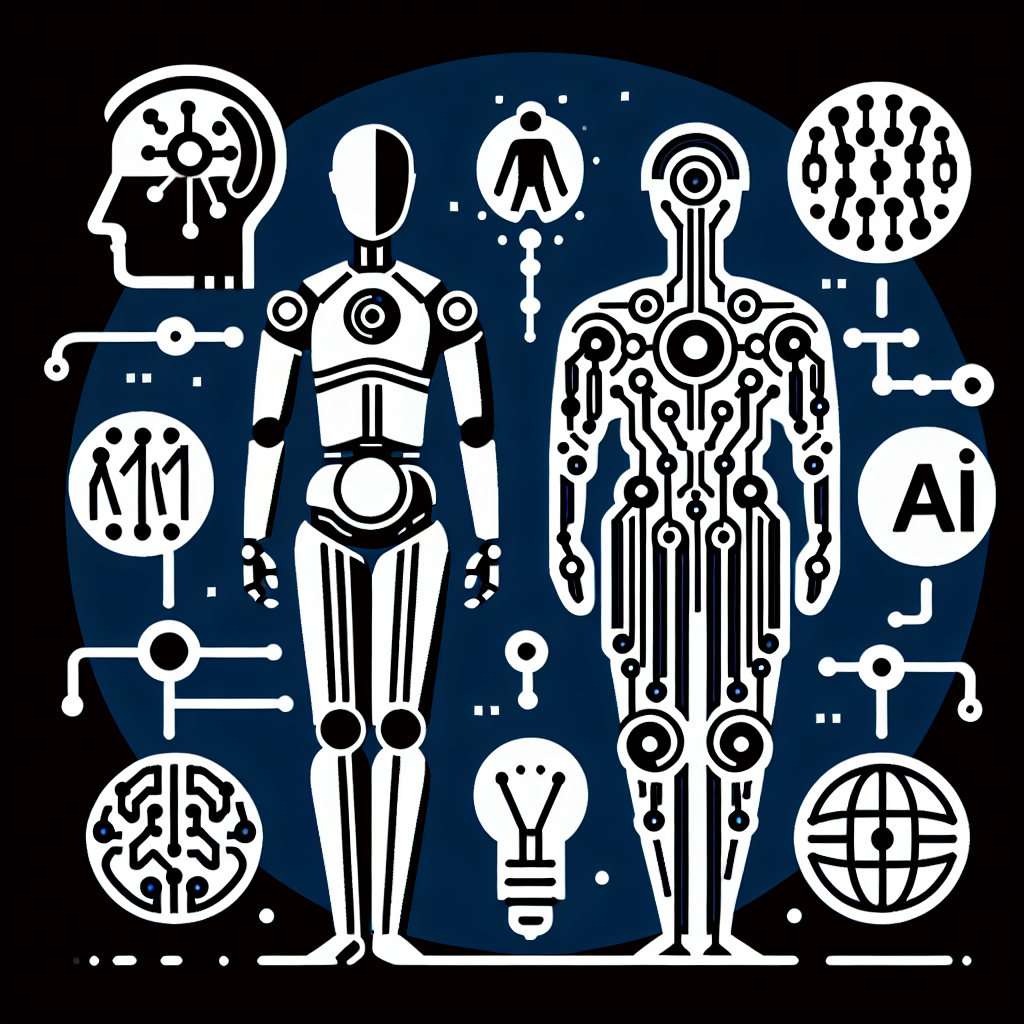Artificial General Intelligence (AGI) is a term that has been gaining a lot of attention in recent years, as advancements in artificial intelligence (AI) have brought us closer to developing machines that can perform tasks and think like humans. While the concept of AGI may seem like something out of a science fiction movie, the reality is that we are getting closer to achieving this level of intelligence in machines.
In this article, we will explore the potential of AGI, what it means for the future of technology, and what you need to know about this emerging field.
What is AGI?
AGI refers to the development of machines that possess general intelligence, meaning they can learn, adapt, and perform a wide range of tasks just like a human being. While current AI systems are capable of performing specific tasks, such as playing chess or recognizing speech, they lack the ability to generalize their knowledge and apply it to new situations.
AGI aims to bridge this gap by creating machines that can think and reason like humans, solving complex problems and learning from experience. This level of intelligence would enable machines to perform tasks that require creativity, intuition, and common sense – abilities that are currently beyond the reach of traditional AI systems.
The Potential of AGI
The potential applications of AGI are vast and diverse, spanning across various industries and sectors. Here are some of the key areas where AGI could have a significant impact:
1. Healthcare: AGI could revolutionize the healthcare industry by assisting doctors in diagnosing diseases, predicting patient outcomes, and developing personalized treatment plans. With the ability to analyze vast amounts of medical data and identify patterns, AGI could help improve patient care and save lives.
2. Finance: AGI could be used in the financial sector to analyze market trends, predict stock prices, and optimize investment strategies. By leveraging the power of AGI, financial institutions could make more informed decisions and better serve their clients.
3. Transportation: AGI could play a crucial role in the development of autonomous vehicles, enabling them to navigate complex environments and make split-second decisions. With AGI, self-driving cars could become safer and more efficient, revolutionizing the way we travel.
4. Education: AGI could transform the education system by personalizing learning experiences for students, adapting to their individual needs and preferences. By providing tailored support and feedback, AGI could help students reach their full potential and achieve academic success.
5. Manufacturing: AGI could optimize production processes, improve quality control, and reduce downtime in manufacturing facilities. By leveraging AGI, companies could increase efficiency, reduce costs, and stay competitive in the global market.
Challenges and Considerations
While the potential of AGI is exciting, there are also several challenges and considerations that need to be addressed before this level of intelligence can be achieved. Some of the key challenges include:
1. Ethical concerns: AGI raises ethical questions around the implications of creating machines that possess human-like intelligence. Issues such as privacy, security, and the impact on the job market need to be carefully considered to ensure that AGI is developed responsibly.
2. Technical limitations: Developing AGI requires overcoming significant technical hurdles, such as creating algorithms that can generalize knowledge, reason abstractly, and learn from experience. Researchers are still working on solving these challenges to bring AGI to fruition.
3. Regulatory frameworks: As AGI becomes a reality, regulatory frameworks will need to be put in place to govern its use and ensure that it is deployed safely and ethically. Policymakers will need to work closely with industry experts to establish guidelines and standards for the development and deployment of AGI.
FAQs
Q: Will AGI replace human workers?
A: While AGI has the potential to automate certain tasks and jobs, it is unlikely to replace human workers entirely. Instead, AGI is more likely to augment human capabilities and improve productivity in various industries.
Q: How far are we from achieving AGI?
A: The timeline for achieving AGI is uncertain, as it depends on various factors such as technological advancements, research progress, and funding. Some experts believe that we could see AGI within the next few decades, while others are more cautious in their predictions.
Q: What are the risks of AGI?
A: There are several risks associated with the development of AGI, including the potential for misuse, bias, and unintended consequences. It is crucial to address these risks proactively and implement safeguards to ensure that AGI is developed responsibly.
In conclusion, AGI has the potential to revolutionize the way we live, work, and interact with technology. By exploring the possibilities of AGI and understanding the challenges and considerations involved, we can prepare for a future where machines possess human-like intelligence. As we continue to push the boundaries of AI research, the dream of AGI may soon become a reality, shaping the future of technology in profound ways.

